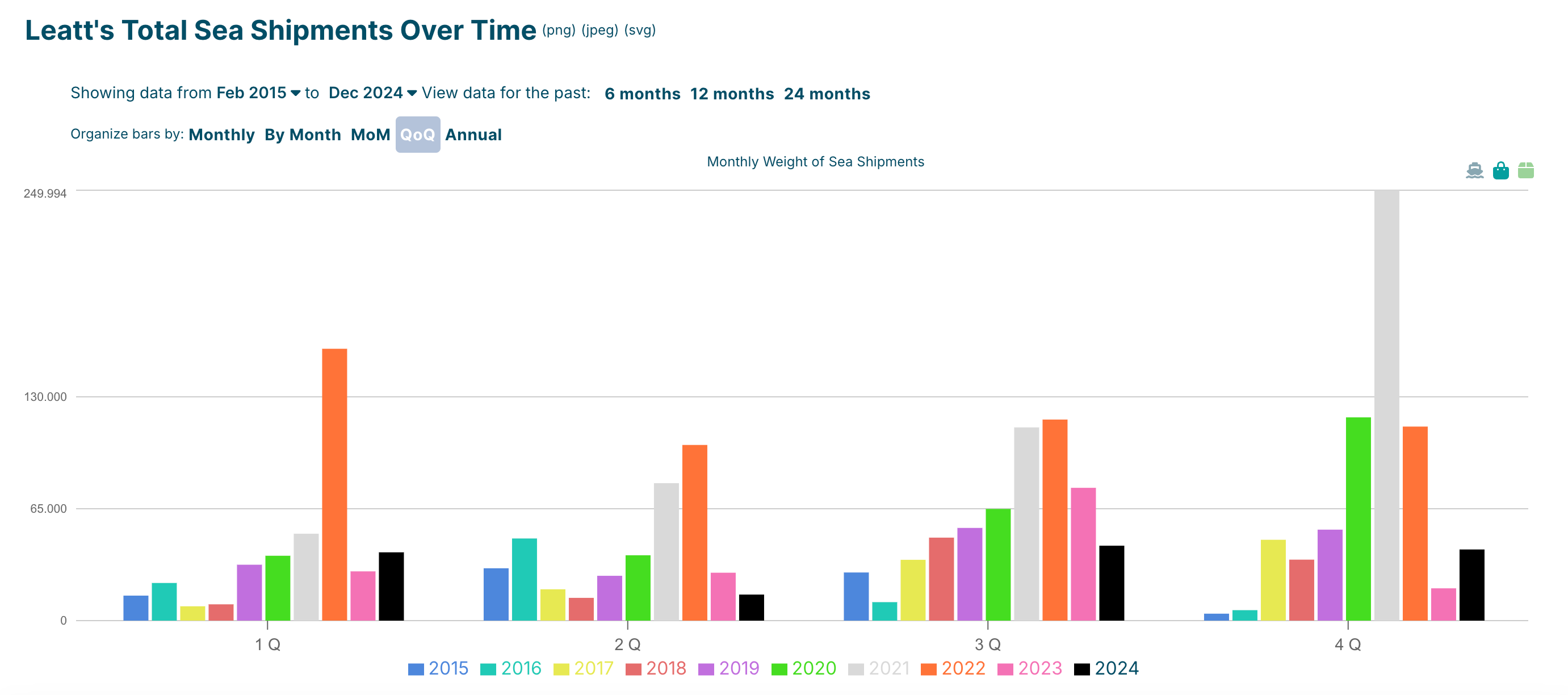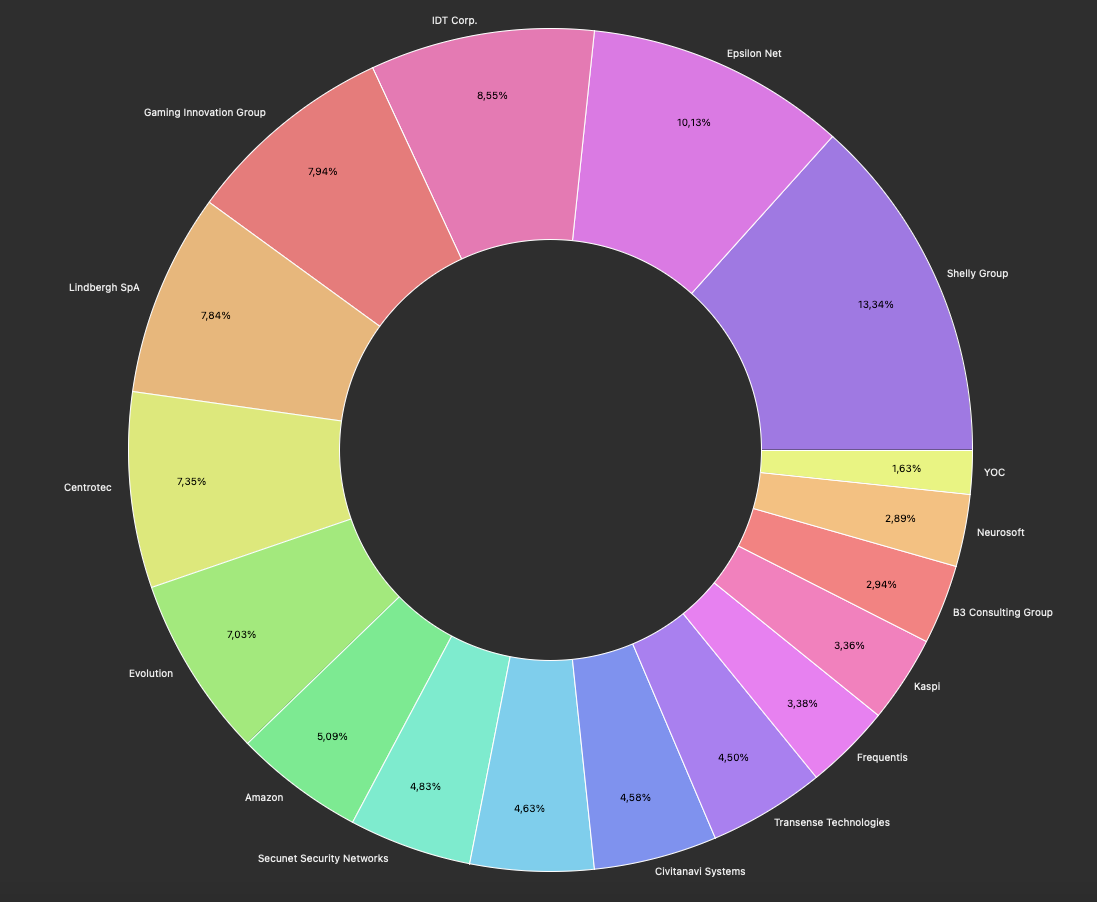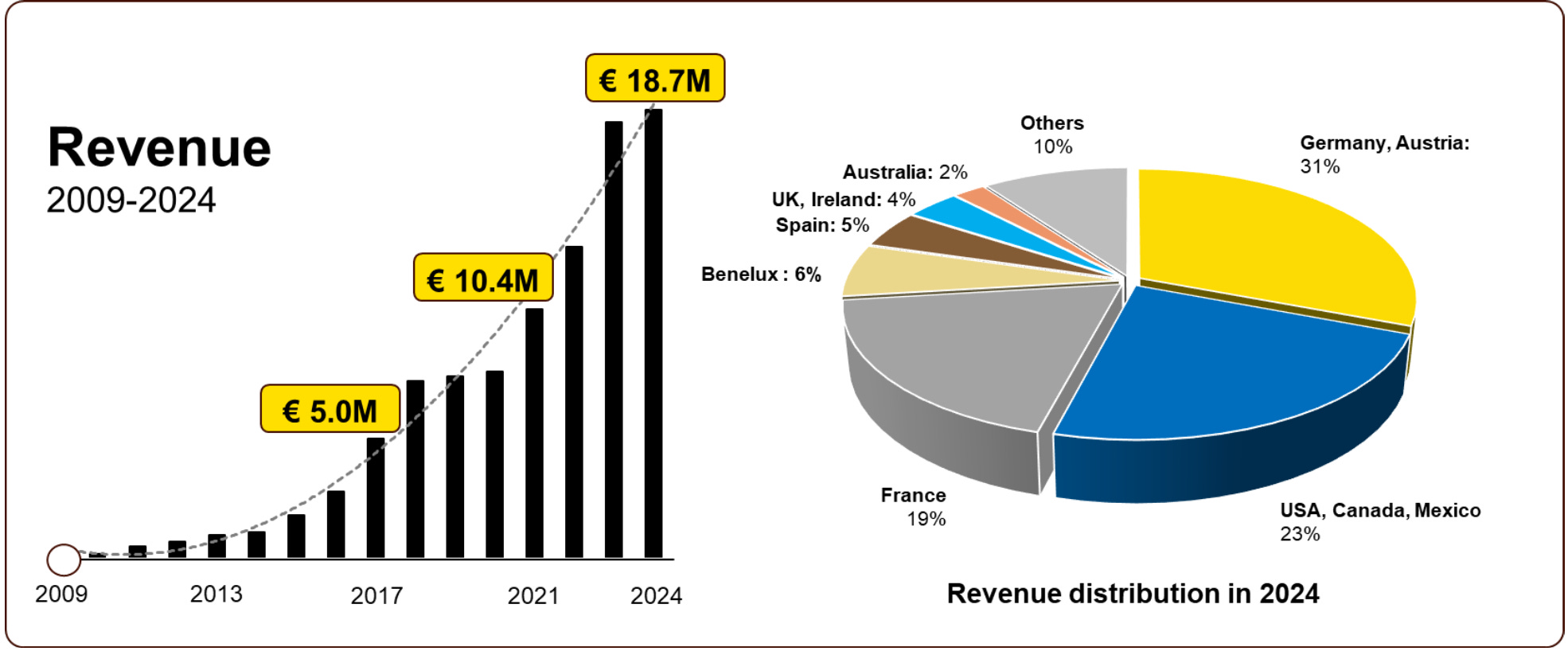You’re looking to dive deep into the world of HVAC control stocks, specifically those that might be flying under the radar, all while crafting a long-form, SEO-friendly article without images. Let’s get started on that, focusing on casual English and the requested formatting.
Here’s an article that fits your criteria:
Unearthing Gems: Underfollowed HVAC Control Stocks Poised for Growth

Ever thought about the silent heroes behind your perfectly climate-controlled home or office? It’s not just the fancy new AC unit; it’s the intricate dance of HVAC control systems that makes it all happen. From smart thermostats to complex building management systems, these technologies are the unsung conductors of comfort. And within this vital sector, there are some companies, particularly those focused on the “control” aspect, that are often underappreciated by the broader market.
While everyone’s buzzing about renewable energy or electric vehicles, the steady, foundational growth of HVAC control often gets overlooked. Yet, it’s a sector ripe with opportunity, driven by trends like energy efficiency, smart building integration, and the ever-present need for comfortable indoor environments. For savvy investors looking beyond the obvious, digging into these underfollowed HVAC control stocks could uncover some real long-term winners.
Why HVAC Control is a Big Deal (and Getting Bigger)
Think about it: every new building needs an HVAC system, and increasingly, those systems are becoming more sophisticated. We’re moving beyond simple on/off switches to highly integrated, data-driven control solutions. This isn’t just about keeping us warm in winter and cool in summer; it’s about optimizing energy consumption, improving indoor air quality, and even enhancing occupant comfort and productivity through personalized climate zones.

The push for sustainability is a huge tailwind here. Governments and corporations worldwide are setting ambitious energy efficiency targets. HVAC systems, being major energy consumers in buildings, are prime targets for optimization, and that optimization largely comes down to advanced controls. From retrofitting existing buildings with smarter systems to integrating new technologies in green constructions, the demand for sophisticated HVAC control solutions is on a steady upward trajectory.
Furthermore, the rise of the Internet of Things (IoT) is transforming this space. HVAC systems are no longer isolated units; they’re becoming interconnected parts of a larger smart building ecosystem. This allows for predictive maintenance, remote diagnostics, and even AI-powered optimization, all driven by advanced control technologies. This evolution creates a continuous need for innovative solutions, benefiting companies at the forefront of this technological shift.
The Hunt for Hidden Value: What Makes a Control Stock “Underfollowed”?
So, what exactly do we mean by “underfollowed”? It’s not necessarily about being a tiny startup, though some of those exist. More often, it refers to established companies that might be:

Niche Players: They excel in a specific segment of HVAC control, perhaps focusing on commercial buildings, data centers, or even a particular type of sensor. Their specialization might limit broader analyst coverage.
The key is to look for businesses with strong fundamentals, a defensible market position, and a clear pathway for future growth, even if they’re not generating a lot of buzz on financial news channels.
Identifying Potential Candidates: Where to Start Your Research
Pinpointing truly underfollowed stocks requires some digging beyond the usual suspects. Here are a few areas to explore and types of companies to research, without naming specific tickers to avoid giving financial advice:
Companies Specializing in Building Management Systems (BMS) Software
Many of the most impactful advancements in HVAC control are happening at the software level. Companies developing sophisticated BMS platforms that integrate heating, ventilation, air conditioning, lighting, security, and even occupancy data are crucial. Look for those with proprietary algorithms, strong cybersecurity features, and a track record of successful deployments in large-scale commercial or industrial settings. Their software licenses often generate high-margin recurring revenue.
Manufacturers of Advanced Sensors and Actuators
The “eyes and muscles” of any HVAC control system are its sensors and actuators. High-precision sensors for temperature, humidity, CO2 levels, and even volatile organic compounds (VOCs) are becoming increasingly important for optimal comfort and energy efficiency. Similarly, advanced actuators that precisely control dampers and valves are critical for fine-tuning airflow and temperature. Companies that innovate in these core component areas, perhaps using novel materials or manufacturing processes, could have a strong competitive advantage.
Providers of Predictive Maintenance and AI-Driven HVAC Solutions
The future of HVAC is intelligent and proactive. Companies leveraging AI and machine learning to predict equipment failures, optimize energy consumption in real-time, or even self-diagnose issues are at the cutting edge. These solutions reduce operational costs for building owners and can significantly extend the lifespan of HVAC equipment. Look for firms with strong data science capabilities and a growing portfolio of successful AI deployments.
Specialists in Retrofitting and Energy Efficiency Upgrades
While new construction provides a steady stream of business, the vast majority of existing buildings worldwide are energy inefficient. Companies that specialize in retrofitting older HVAC systems with modern controls, sensors, and software are tapping into a massive market opportunity. Their expertise in integrating new technology into existing infrastructure can be highly valuable and create recurring service revenue streams.
Companies with Strong Intellectual Property in Control Algorithms
The “secret sauce” for many top-tier HVAC control companies lies in their patented algorithms. These algorithms can optimize energy use under varying conditions, maintain precise temperature and humidity levels, or even predict peak demand. Businesses that have invested heavily in R&D and possess a strong portfolio of intellectual property in control logic are often difficult to replicate and can command premium pricing for their solutions.
The Investment Case: Why Now for Underfollowed HVAC Controls?
Several macro trends converge to make these overlooked stocks particularly interesting right now:
Resilient Demand Even During Economic Downturns
While major construction projects might fluctuate, the need to maintain existing buildings and optimize their energy consumption remains constant. HVAC is not a discretionary expense; it’s fundamental to comfort, health, and operational efficiency. This inherent demand provides a degree of resilience that other, more cyclical industries might lack.
Growing Emphasis on Indoor Air Quality (IAQ)
The recent global health crisis put a spotlight on indoor air quality like never before. Advanced HVAC control systems play a crucial role in managing ventilation rates, filtering airborne contaminants, and maintaining optimal humidity levels for health. This heightened awareness is driving investment in more sophisticated control solutions.
The Long-Term Decarbonization Push
Buildings are major contributors to global carbon emissions. Optimizing HVAC systems through advanced controls is one of the most effective ways to reduce a building’s energy footprint. As nations and corporations commit to decarbonization targets, the demand for these technologies will only intensify. This isn’t a fleeting trend; it’s a multi-decade transformation.
Technological Advancements and Integration
The ongoing integration of IoT, AI, and cloud computing into HVAC systems means a constant evolution of control technologies. This creates opportunities for companies that can innovate and adapt quickly, providing more efficient, intelligent, and user-friendly solutions.
Potential for M&A Activity
As the sector continues to grow and consolidate, smaller, innovative HVAC control companies become attractive acquisition targets for larger industrial conglomerates looking to expand their technological capabilities or market share. This can provide a significant upside for early investors.
Conclusion
The world of HVAC control, while not always front-page news, is a dynamic and essential sector ripe with opportunities for the discerning investor. By looking beyond the obvious and focusing on companies specializing in advanced control systems, software, sensors, and AI-driven solutions, you might just uncover some underfollowed gems. The confluence of energy efficiency mandates, increasing focus on indoor air quality, technological advancements, and resilient demand makes this a compelling area for long-term growth. It’s about investing in the silent infrastructure that keeps our modern world comfortable and efficient – a bet that’s likely to pay dividends as these technologies become even more integral to our built environment.
5 Unique FAQs After The Conclusion
1. How do “underfollowed” HVAC control stocks differ from general industrial stocks, and why should investors specifically look at them?
Underfollowed HVAC control stocks are a subset of industrial stocks, but they focus specifically on the technology and software that manages heating, ventilation, and air conditioning systems. The key difference lies in their often overlooked nature by broader market analysts, despite their critical role in energy efficiency, smart building integration, and indoor air quality. Investors should specifically look at them because they can offer growth opportunities driven by long-term trends like decarbonization and IoT adoption, often at more attractive valuations compared to more widely covered industrial giants.
2. What specific metrics or financial indicators are particularly important when evaluating a potential underfollowed HVAC control company?
When evaluating an underfollowed HVAC control company, pay close attention to metrics beyond just revenue growth. Look for strong gross margins, indicating the profitability of their specialized control solutions. Recurring revenue from software licenses, maintenance contracts, or data services is a strong positive. Also, examine their R&D spending as a percentage of revenue, as innovation in control algorithms and sensor technology is crucial. Debt levels should be manageable, and a healthy balance sheet is always important. Finally, look for evidence of customer stickiness and a high return on invested capital.
3. Are there any unique risks associated with investing in underfollowed HVAC control stocks compared to more mainstream tech or industrial companies?
Yes, there can be unique risks. Underfollowed companies often have less analyst coverage, meaning less readily available information for investors to rely on. Their niche focus might also make them more susceptible to shifts in specific regulatory environments or building codes. Furthermore, if they are smaller, they might have less diversified revenue streams or be more vulnerable to competition from larger, more established players. Liquidity can also be an issue if trading volumes are low.
4. How does the increasing focus on “smart homes” and “smart buildings” specifically impact the growth potential of underfollowed HVAC control companies?
The increasing focus on “smart homes” and “smart buildings” directly fuels the growth potential of HVAC control companies. These companies provide the very “brains” of these intelligent environments, enabling systems to communicate, optimize energy use, and respond to occupancy patterns. For underfollowed players, this means new opportunities for their specialized sensors, advanced algorithms, and integration software to become essential components of next-generation smart infrastructure, moving beyond basic temperature control to holistic environmental management.
5. What role does intellectual property (IP) play in the long-term success of an HVAC control company, particularly one that is underfollowed?
Intellectual property, particularly in control algorithms, sensor design, and software architecture, is paramount for the long-term success of an HVAC control company, especially one that is underfollowed. Strong IP creates a defensible moat, making it difficult for competitors to replicate their precise solutions. For an underfollowed company, proprietary technology can be a key differentiator that attracts strategic partners, secures valuable contracts, and ultimately makes them an attractive acquisition target for larger firms seeking to gain a technological edge. It allows them to maintain pricing power and capture higher margins in a competitive market.


